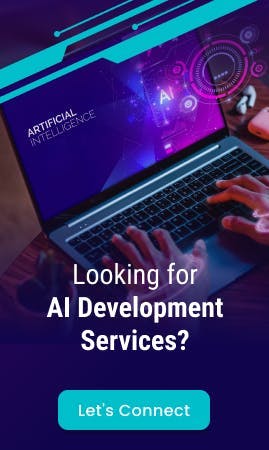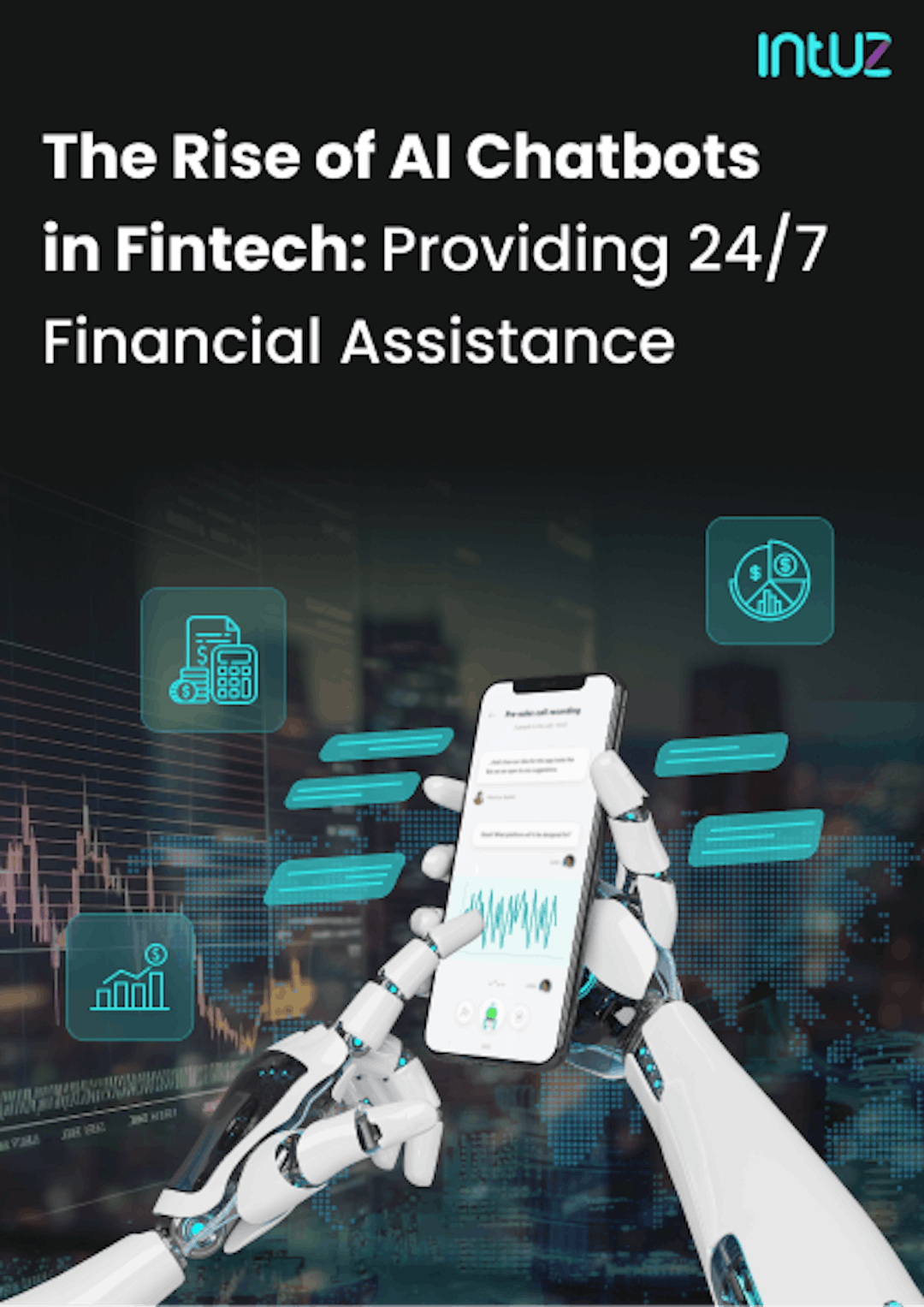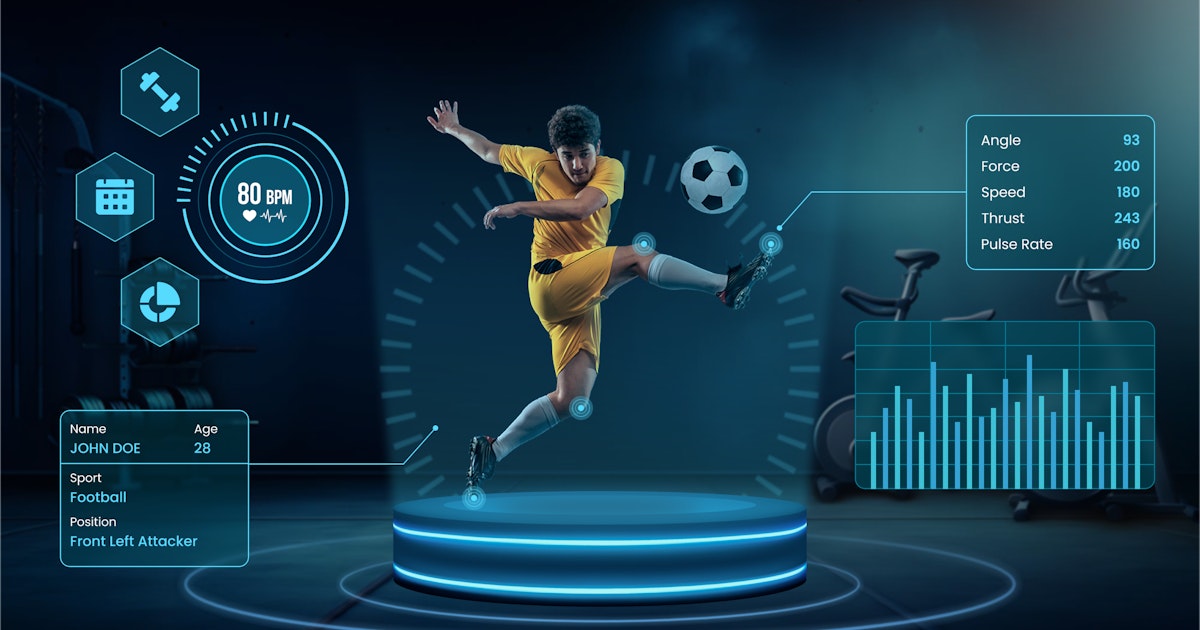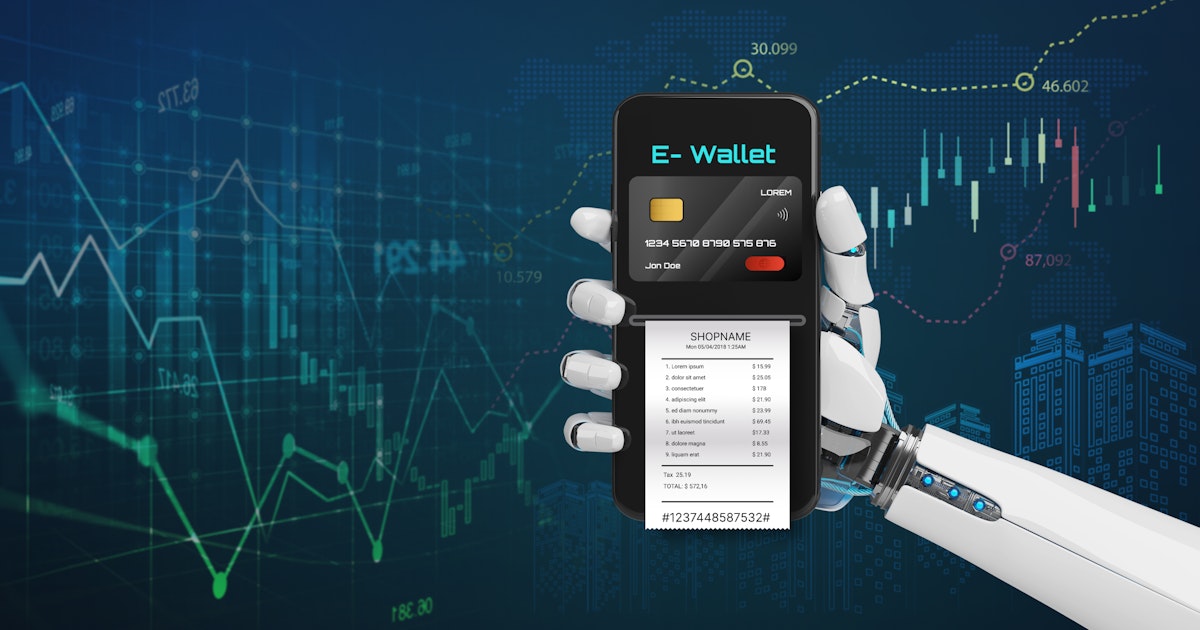Table of Content
The technological revolution is witnessing the rise of Industry 5.0 as the powerhouse of manufacturing evolution. It effortlessly blends the power of artificial intelligence (AI) with seamless automation.
Industry 5.0 is not just a paradigm shift, but an innovation that empowers smart manufacturing excellence. Thanks to the underlying technologies, the industry of the future will be more automated.
As we dive into the realm where machines collaborate with precision and intelligence, let’s imagine a world where the production line isn't just a sequence of tasks. It is a rich ecosystem of interconnected machines, making Industry 5.0 a convergence of trail-blazing technologies.
In this article, we will understand the motive of Industry 5.0 and how its technologies will affect smart manufacturing.
What is Industry 5.0, and how does it differ from Industry 4.0?
Industry 5.0 is the successor industrial revolution of Industry 4.0. The budding industrial revolution is backed by the same technologies as the 4.0. However, unlike the current phase of industrialization, the new one is said to focus on three aspects.
A. Human-centricity
Human-centric approach is one of the key elements of Industry 5.0. Unlike the previous industrial revolution, where humans were required to adapt to new technologies, Industry 5.0 will focus on choosing technologies that can be aligned with the workforce.
Rather than considering humans as resources, Industry 5.0 aims to consider them assets that machines cannot replace. A hybrid approach where humans & machines work together is promoted.
B. Resilience
The COVID-19 era was super tough for the manufacturing industry. As per SPGlobal, manufacturing was one of the industries most affected by COVID-19. Besides, the economic impact of COVID-19 on the industrial sector significantly rested on the crisis’ impact on manufacturing firms.
The world has learned a lot from the pandemic, one of which is the need for a resilient system that is shielded from such uncertainties. Industry 5.0 ensures a smooth supply chain for seamless automated manufacturing, no matter the crisis.
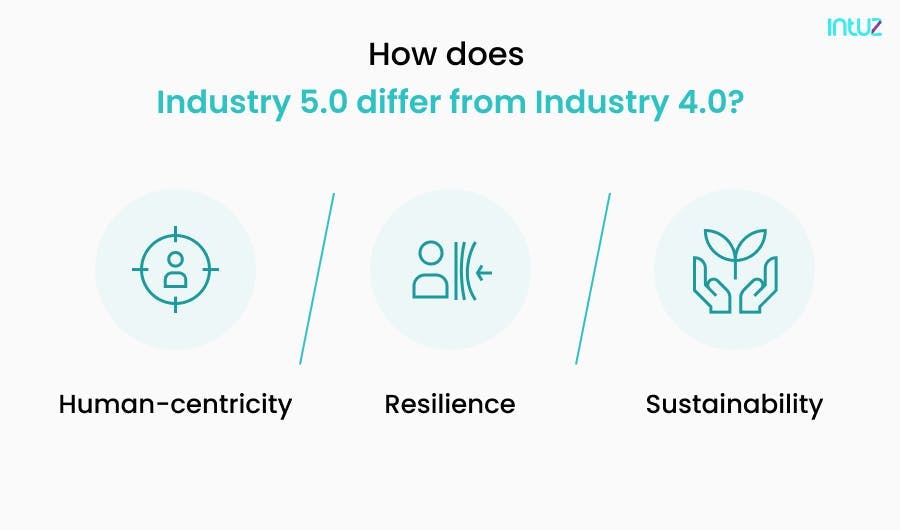
C. Sustainability
Sustainable development has not been taken much seriously by manufacturing firms till now. Though some of them show concern regarding society and the environment via Corporate Social Responsibility programs, there are no strongly defined rules for sustainable manufacturing.
Industry 5.0 aims to emphasize developing sustainable business strategies strongly. Moreover, it also encapsulates the need to pay attention to the 17 Sustainable Development Goals and 3 Ps (People, Planet, and Profit) of Triple Bottom Line (TBL).
As the current industrial landscape does not actively include these three parameters, switching to Industry 5.0 has become necessary.
How is Industry 5.0 different from Industry 4.0?
Simply put, Industry 4.0 does not focus on sustainability and tends to replace humans with machines. On the other hand, Industry 5.0 provides a preference for societal value and the well-being of the human workforce.
It aims to combine the power of machines and humans while promoting green manufacturing and building net-zero carbon environments.
How Has The Industrial Revolution Changed the Manufacturing Industry?
The smart, automated machines we see today performing at remarkable rates were not invented overnight. Before Industry 5.0, there have been four industrial revolutions.
Industry 1.0 gave the manufacturing industry machine tools and assembly lines. Further, Industry 2.0 dealt with the advent of technological advancement and discoveries. Industry 3.0 was the tip of the iceberg for digital transformation. It introduced digital mechanical and electrical systems in place of analog.
Currently, the manufacturing sector is leveraging the power of Industry 4.0, where technologies like industrial automation, AI, AR, IoT, ML, and many others play an indispensable role. Smart manufacturing is also a part of Industry 4.0, where all these technologies are used parallel to analyze industry data and promote real-time decision-making.
Artificial Intelligence plays a critical role in working in a smart factory as all the crucial functions are handled by the AI, including predictive maintenance, data analysis, real-time monitoring, etc.
Some of the finest examples of brands using artificial intelligence and other industry 4.0 technologies for smart manufacturing are:
- Tesla Gigafactory leverages digital transformation technologies like artificial intelligence to create a process named “automating intelligently.” This process combines automation with AI technologies that help produce Model 3 and Model Y for Tesla. The factory also ensures sustainability as it uses solar panels on the rooftop.
- Infineon’s Smart Factory in Dresden uses over 200 robots that assist humans in making semiconductors, shock absorbers, comfort electronics, etc.
What Role Does AI Play in Industry 5.0 and Smart Manufacturing?
The role of AI in Industry 5.0 and smart manufacturing is supercritical. The use of AI was introduced in Industry 4.0. As data is the key element of modern-day industrial automation, the requirement of AI is crucial.
In a smart manufacturing plant, whether material handling, machine monitoring, product assembly, product testing, quality control, or whatnot, AI can leverage the power of data obtained from wireless IoT sensors to devise smart decisions.
Machine learning algorithms, such as reinforcement learning, SVM, linear regression, etc., can serve several purposes, such as
A. Predictive maintenance
Unplanned downtime can cost manufacturers around $50 billion annually. Therefore, the need for AI arises. AI with IoT can help assess machine performance parameters obtained from sources like IoT sensors, PLCs, ERPs, CMMCs, etc., to make smart decisions and take predictive maintenance measures.
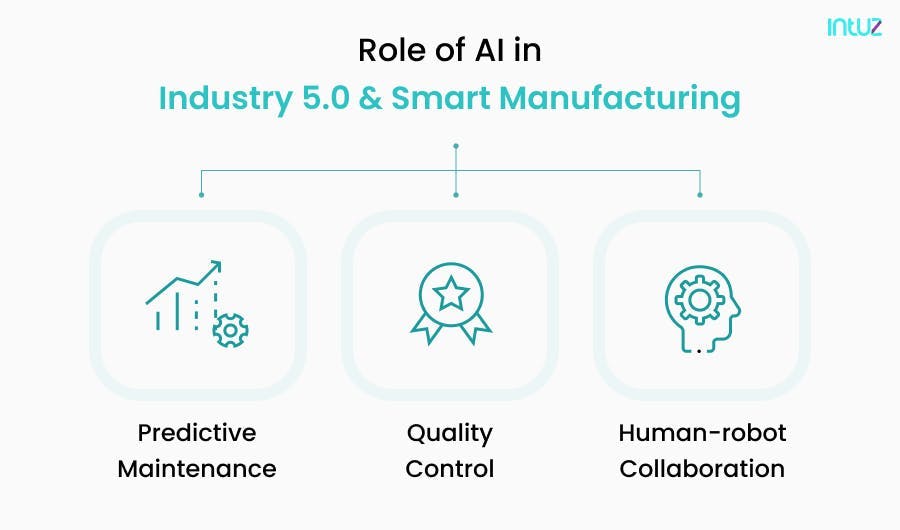
B. Quality control
AI, in combination with computer vision, is best for quality control. Modern-day businesses like Foxconn use AI and computer vision to detect product errors in real time. These state-of-the-art technologies helped the brand reduce product defects by 30%.
C. Human-Robot Collaboration
Human-robot collaboration and cobots are the primary elements of Industry 5.0. With data availability faster than ever, Industry 5.0 will bring in humans and AI-powered robots working side by side. Currently, BMW uses the human-robot duo to assemble vehicles at its Spartanburg site. It also uses robots to collaborate with humans to fix sound and moisture insulation in car doors.
Key Technologies in Industry 5.0
Manufacturing industries aim to create a perfectly interconnected environment where all technologies work in sync with each other for better operations and productivity. Here are some pivotal technologies that form the crux of Industry 5.0.
A. Drones
Industry sectors like telecom and construction use drones for structural and site analysis. In smart manufacturing ecosystems, drones can be used for equipment analysis to spot leakages, fugitive spills, and minor damages. These can be taken care of before any serious issue occurs.
B. Digital twins
A digital twin is the exact virtual copy of the original product or asset. Many firms use it for prototyping, as the replica is simulated to perform exactly like the real-world machine or device.
In Industry 5.0 smart manufacturing, digital twins play a critical role in ensuring smooth machine functioning as AI can analyze its digital twin for abnormal behavior.
Caterpillar is a brand that uses digital twin technology to optimize the performance of their Next Gen Excavators fully.
C. Mixed reality
As humans and machines collaborate, mixed reality can play an important role in human systems. With powerful head-mounted smart displays and glasses that can make the real world and virtual world interact with each other, the manufacturing workforce can use them for device prototyping, quality analysis, and maintenance.
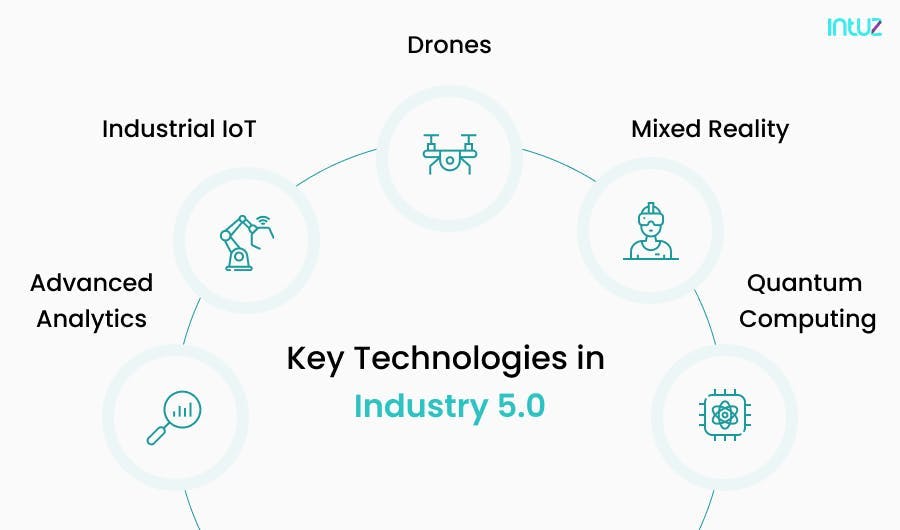
D. IIoT
Industrial IoT is another cool technology supporting Industry 4.0 and will also play an indispensable role in Industry 5.0. With a seamlessly interconnected machine network in a smart manufacturing plant, manufacturers can significantly reduce downtime and improve revenue.
An example of industrial IoT is UnifyTwin. This Industry 5.0 firm has introduced two key solutions, iLens Assistant and iLens Machine, for better product quality and worker safety.
E. Advanced Analytics
Nothing is possible without analytics, whether AI-powered automation, computer vision quality analysis, or predictive maintenance. Advanced data analytics backed by AI and machine learning can help streamline smart manufacturing.
In Industry 5.0, AI can automate analytics that can alert on-floor workers about machine issues or bad products for counteracting measures.
F. Quantum computing
Though it is still a budding concept, Quantum Computing can be a trail-blazing technology in industry 5.0. Quantum Computing can be used by businesses to form complex calculations using powerful neural networks.
Several firms like Honeywell and BASF are trying to create and deploy Quantum Computing solutions into the industrial landscape.
A Leading AI Development Services Company
Explore AIConclusion
As technology adoption rises, new challenges, such as unemployment and a need for sustainable manufacturing methods, also arise. The advent of Industry 5.0 is the result of these challenges. Industry 5.0 aims to resolve these challenges while boosting profits for the business. The manufacturing industry can be transformed into a smarter version with ingenious technologies like AI.
So, get your next-gen AI-powered automation solution built today to ensure your business stays caught up in the manufacturing landscape. Get in touch with Intuz, a professional and powerful technology partner.


